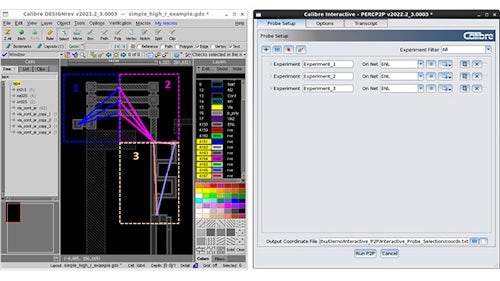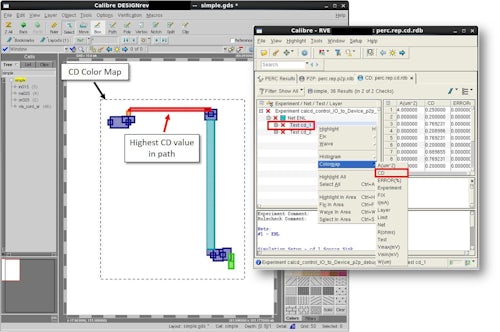Accurately measuring the interconnect resistance within your IC design is fundamental for ensuring circuit reliability. Applications like CMOS image sensor design require the creation of large metal structures that are wider or more square in shape when compared to the relatively narrow metal typically used in signal routing. Using a field solver to extract point to point (P2P) resistance in these large or wide metal structures can be difficult, and requires long runtimes that are not suitable for full chip verification. Enhanced 2D fracturing techniques can extract P2P resistance from the unconventional metal structures quickly and accurately, with results similar to those obtained from a field solver, but with much faster runtimes. Automating the fracturing techniques simplifies the process, enabling design teams to complete P2P resistance extraction quickly and efficiently.
Automated 2D fracturing techniques provide fast, accurate P2P resistance extraction in unconventional IC design structures
IC design layouts that include large or wide metal structures require multiple P2P resistance measurements between different probing points for accurate extraction of resistance. However, field solvers, which are the traditional tool of choice, can be difficult to use and require long runtimes. 1D fracturing simplifies the fracturing to improve performance, making it insufficient by itself for these unconventional geometries. 2D fracturing can be used to fracture the metal structure in both directions to create a resistance mesh of r-bodies, enabling accurate extraction of P2P resistance values. The Calibre® PERC™ reliability platform enables accurate, automated selection of suitable fracturing techniques based on the design metal structures and the specified probe points, ensuring accurate P2P resistance measurements and simulation while minimizing runtimes.



